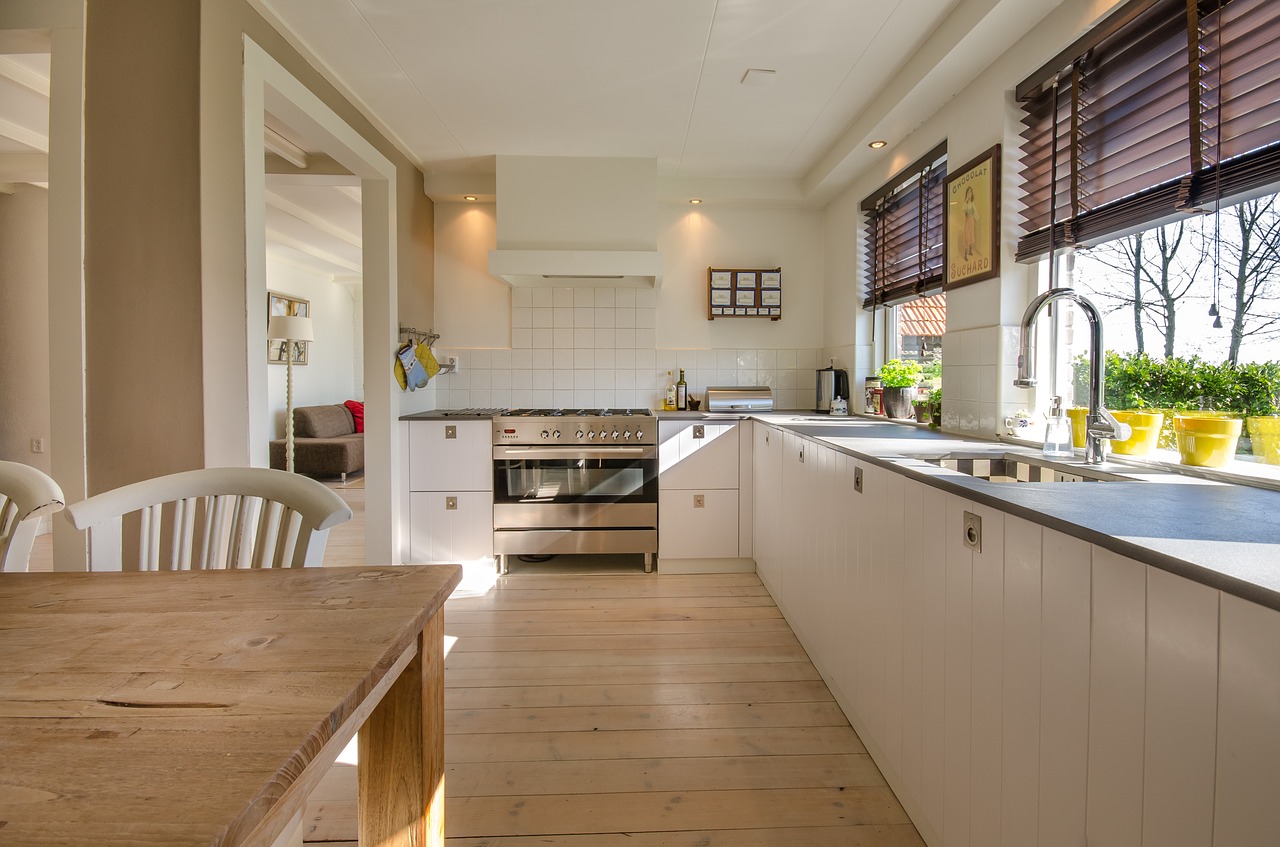Sauté Secrets – How to Choose the Best Frypan for the Job
Photo by Tookapic from Pexels
Whether you’re a working mum or stay at home with the kids, dinner time always seems to coincide with witching hour. You need all of the tools at your disposal to get in and out of that kitchen as efficiently as possible, potentially with a crying baby on hip. Having a fantastic frypan can be a lifesaver in this scenario. A quality frypan will heat up evenly so you can avoid hot spots that overcook some parts of your dish and undercook others, and will be easier to clean when it’s time to wash the dishes. The best cookware sets include a non-stick frypan, but if you’re in the market for a new one, we’ve put some insider tips together to help you choose the right tool for the job:
Material
Frypans can be made of a wide variety of materials, each with their own pros and cons. Super busy mommas should look for a non-stick option to save time, minimize the need for oil and avoid having to scrub baked-on food at the end of a long day. If you want something that’s ultra-durable, look for hard-anodized. If you’re concerned about chemicals, ceramic non-stick coatings are PTFE, PFOA and petroleum product free. For a great stove-to-oven option, try cast iron, which can be heated to a high temperature. Cast iron is hard-wearing but is quite heavy and requires seasoning to maintain its non-stick surface.
Size
“What size do I need?” is one of the most common questions people ask when shopping for a frypan. The answer is that it depends on the number of people you’re cooking for and what dishes you’re preparing. As a general rule, a 20cm pan serves 1-2 people, a 24-26cm frypan is ideal for 2-3 people, a 26-28cm serves 2-4 people, and a 30-32cm frypan is suitable for 4-6 people. You also need to consider the size of your stovetop – if you have a 32cm frypan, will you be able to fit the other pots you need on at the same time?
Weight
The weight of your frypan is based on the material used, and also on the gauge or thickness. While thicker metal is less likely to warp or lose its shape, you also need to consider your frypan’s practicality. Remember when you’re buying a pan that you’ll need to be able to lift it when it’s full of food, preferably with one hand.
Handle
It’s worth considering what style of handle will be right for you. I have a metal saucepan with an integrated handle and every single time I pick it up I burn my hand. You’d think that I’d learn the first time, but I’m always in a rush and thinking of six things at once. If you’re like me, a frypan with silicone-coated, wood, or plastic handle is a great option. The downfall of these handles is that they cannot be put into the oven. If you do a lot of stove-to-oven cooking, choosing a frypan with an oven-safe handle is critical.
Lid
The shape of a frypan is designed to allow steam to escape so that the heat of the pan itself cooks the food. Investing in a frypan with a lid will make your frypan more versatile and also allow you to cook using a technique known as steam frying. This method combines the tasty flavor of a stir fry with the speed of steaming your food and requires very little oil if using a non-stick pan.
You’ve got this, momma. Grab that frying pan and get sizzling.



